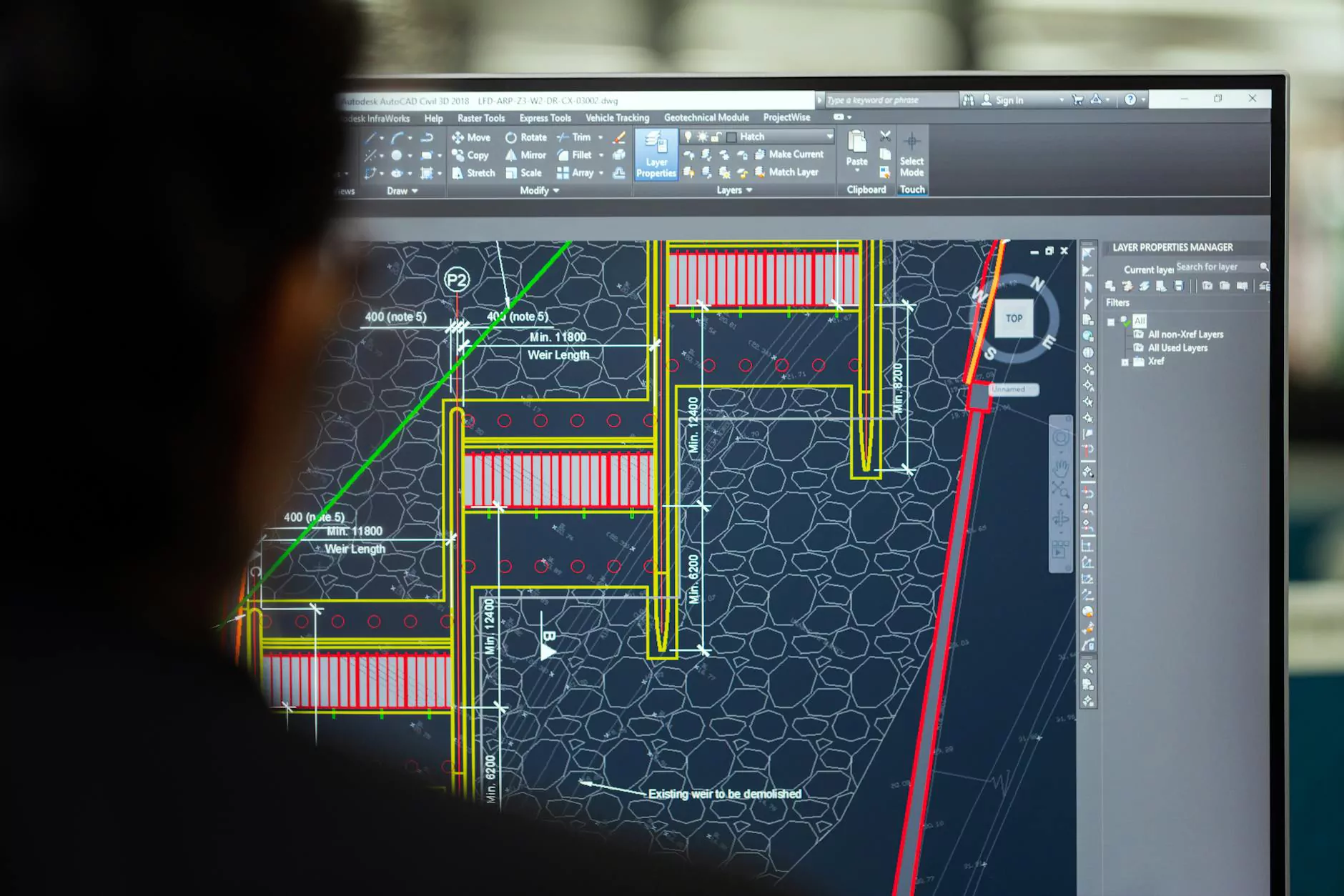Understanding Ethnic Rhinoplasty

What is Ethnic Rhinoplasty?
Ethnic rhinoplasty is a specialized approach to nose surgery that takes into account the unique anatomical and aesthetic variables of different ethnic groups. Unlike traditional rhinoplasty, which often adheres to Western beauty standards, ethnic rhinoplasty aims to respect and enhance individual ethnic identities while improving nasal function and aesthetics.
The Importance of Customized Approaches
Each ethnic group has distinct characteristics that define their nasal anatomy. Ethnic rhinoplasty seeks to preserve these unique features while correcting any concerns that the patient may have. Customization is crucial for achieving a natural-looking result that harmonizes with other facial features. This might involve adjustments to the bridge, tip, and width of the nose, ensuring that the final result is balanced and culturally appropriate.
Common Concerns Addressed by Ethnic Rhinoplasty
Many patients consider ethnic rhinoplasty for various reasons, including:
- Improve nasal symmetry: Aiming for a more balanced and attractive appearance.
- Reduce nasal tip projection: A common desire for many looking to achieve a softer profile.
- Enhance the bridge height: Patients often seek to add height or reshape the bridge for a more refined look.
- Correct breathing issues: Beyond aesthetics, many look for functional improvements.
- Maintain cultural identity: Ensuring that the results are in line with the patient’s ethnic characteristics.
Ethnic Facial Anatomy Considerations
When considering ethnic rhinoplasty, it’s essential to understand the various ethnic facial anatomy aspects that influence the surgical approach:
- Skin Thickness: Ethnicities with thicker skin may require different techniques than those with thinner skin, influencing the healing process and resulting appearance.
- Cartilage Structure: The underlying cartilage of the nose varies significantly across ethnicities, affecting how the nose can be reshaped while ensuring structural integrity.
- Bone Density: Bone structure can also vary, necessitating customized techniques to achieve the desired outcome without compromising the nose’s strength.
- Traditional Aesthetic Preferences: Each culture has unique standards of beauty; understanding these preferences is vital for achieving satisfactory results.
Techniques Used in Ethnic Rhinoplasty
Surgeons skilled in ethnic rhinoplasty employ various techniques based on the unique anatomical needs of the patient:
- Open Rhinoplasty: This approach grants the surgeon a better view and access to the nasal structure, allowing for more significant modifications when necessary.
- Closed Rhinoplasty: Involves incisions inside the nose, leading to minimal external scarring. This method is often suitable for minor adjustments.
- Composite Grafting: Sometimes necessary to enhance the nasal bridge or refine the nasal tip, using cartilage taken from other parts of the body.
Choosing the Right Surgeon for Ethnic Rhinoplasty
It is vital to choose a surgeon with specific experience in ethnic rhinoplasty. Consider these key factors:
- Board Certification: Ensure that the surgeon is board-certified in plastic surgery and has specialized training in rhinoplasty.
- Experience with Ethnic Rhinoplasty: Look for a surgeon who has a significant portfolio of ethnic rhinoplasty cases, demonstrating successful outcomes particular to your ethnicity.
- Patient Reviews: Reading testimonials and reviews from past patients can provide insight into the surgeon's skill and the satisfaction of previous clients.
- Before and After Photos: Review before-and-after images to gauge the surgeon's aesthetic sensibility and results.
The Consultation Process
The consultation is a critical stage in the ethnic rhinoplasty journey. Here’s what to expect:
- Discussion of Goals: You will express your concerns and desired outcomes, allowing the surgeon to understand your vision.
- Physical Examination: The surgeon will examine your nose's anatomy and overall facial structure.
- 3D Imaging: Some surgeons may use 3D imaging technology to give you a visual representation of potential results.
- Risk Discussion: Understanding the potential risks and complications associated with surgery is imperative.
Recovery After Ethnic Rhinoplasty
Recovery from ethnic rhinoplasty is unique to each individual but generally involves:
- Swelling and Bruising: Expect some swelling and bruising, primarily after the first few days.
- Follow-Up Appointments: Regular check-ups with your surgeon will help monitor healing and adjust care as needed.
- Timeline for Resuming Activities: Generally, patients can return to regular activities within one to two weeks, but complete healing may take longer.
The Benefits of Ethnic Rhinoplasty
Ethnic rhinoplasty not only enhances physical appearance but also contributes to psychological well-being. Here are some key benefits:
- Increased Self-Confidence: Improved appearance often leads to enhanced self-esteem and body image.
- Functional Improvements: Many patients experience improved breathing and nasal function after surgery.
- Cultural Preservation: Authentic results that maintain ethnic identity are critical for many individuals.
Conclusion
Ethnic rhinoplasty represents a significant evolution in the field of cosmetic surgery, focusing on enhancing beauty while maintaining cultural and ethnic identities. By understanding the complexities and benefits of this procedure, potential patients can make informed decisions that align with their aesthetic goals and personal values. If you are considering nasal surgery, exploring options and consulting with qualified surgeons like those at mustafabagli.com can provide you with the knowledge and expertise needed to achieve the results you desire.
For more information on ethnic rhinoplasty and to schedule a consultation, visit mustafabagli.com.









